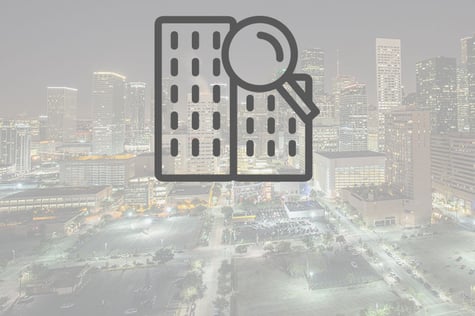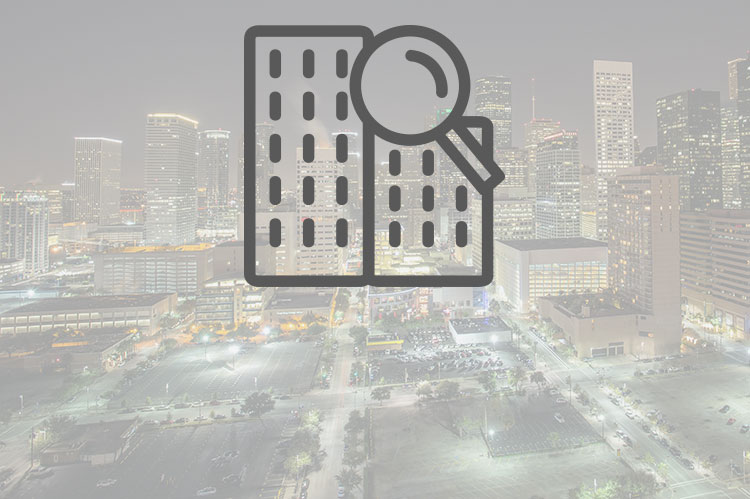
Your building’s low-slope roofing can’t be all that complicated. After all, just about everybody has one…right?
Not exactly. Even low-slope roofs come in an astounding array of options. And, if you weren’t directly involved in the design and planning process, you might not know much more about your roof than what’s visually obvious. But you really should get to know your roof better, so let’s make some introductions.Low-slope roofing systems generally fall into one of five categories:
Built-Up Roof (BUR) Membranes
This category represents the classic “tar and gravel” roof. The membrane is composed of alternating layers of bitumen and reinforcing fabrics called roof felts or ply sheets. These layers are then covered with a surface material, which is often gravel.
Because of its durability, BUR roofing is a great option for commercial buildings that have a lot of foot traffic and equipment or roof supports.
Metal Panel Roof Systems
Metal roofing systems for low-slope roofs are made of structural metal panels engineered with hydrostatic characteristics to prevent water from entering. They are typically installed over one of two types of substrates: continuous decking or spaced structural supports.
The metals used in a metal panel roof system are galvanized to prevent corrosion, but penetrations can weaken that effect. When installing equipment and roof supports on a metal roof, it’s important to fit each penetration with rubber flashing to prevent not only corrosion, but leaks.
Polymer-Modified Bitumen Sheet Membranes
A polymer-modified bitumen sheet membrane is similar in construction to a BUR roof. The primary difference is that the polymers in the reinforcing fabric have been modified to act as carriers for polymer-modified bitumen, providing additional strength to the layers. Roofs made of polymer-modified bitumen sheets are sometimes called “rubber roofs,” because the modification process gives them a somewhat rubbery characteristic.
Single-Ply Membranes
Single-ply membranes come in manufactured sheets. Some are thermoplastic, which means they can be softened by heating. Thermoset sheets, on the other hand, are “set,” or locked in place, once they cool.
During the manufacturing process, single-ply membranes are reinforced with other materials to make them more durable. Commonly used reinforcement materials include polyester, glass fiber, or a felt-and-fleece backing. While there are many benefits to using single-ply membranes, there is also the possibility of chemical incompatibility with the existing roof, so that’s something to consider and look into.
Spray Polyurethane Foam-Based (SPF) Roof Systems
With spray polyurethane foam-based roof systems, two layers are applied by spraying. The first layer is made of a rigid foam polyurethane insulation. That layer forms the base, and the thickness can be adjusted for slope or for thermal resistance. The second layer is a protective coating that protects the foam layer from weather and UV damage.
As essential as they are, a roof isn’t just a roof. There are a lot of options out there, and it’s important to know as much about your roof as you can. That knowledge will go a long way toward helping you take proper care of it.





